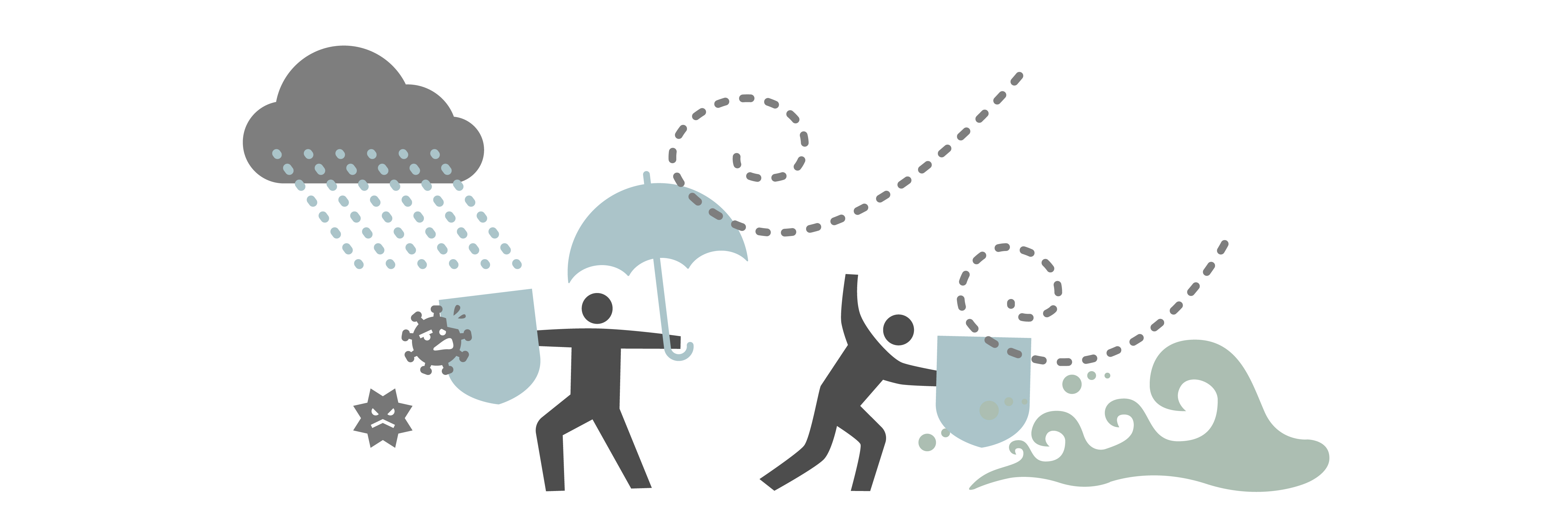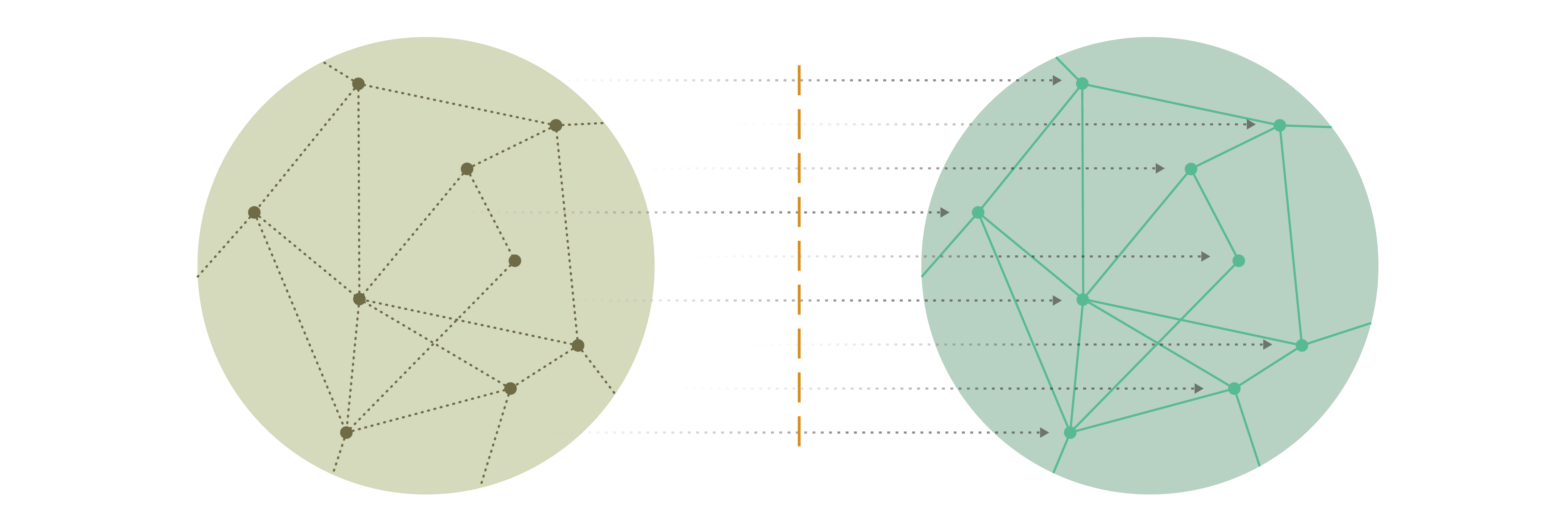In December 2015, the Paris Agreement was signed. This was an international treaty to tackle climate change issues after 2020. Its goal was to suppress global greenhouse gas emissions through international cooperation and to keep average global temperature rise to 1.5℃, also well below 2℃ compared to pre-industrial levels. Although introduction of renewable energy and other measures are under consideration currently, it is not easy to achieve these goals.
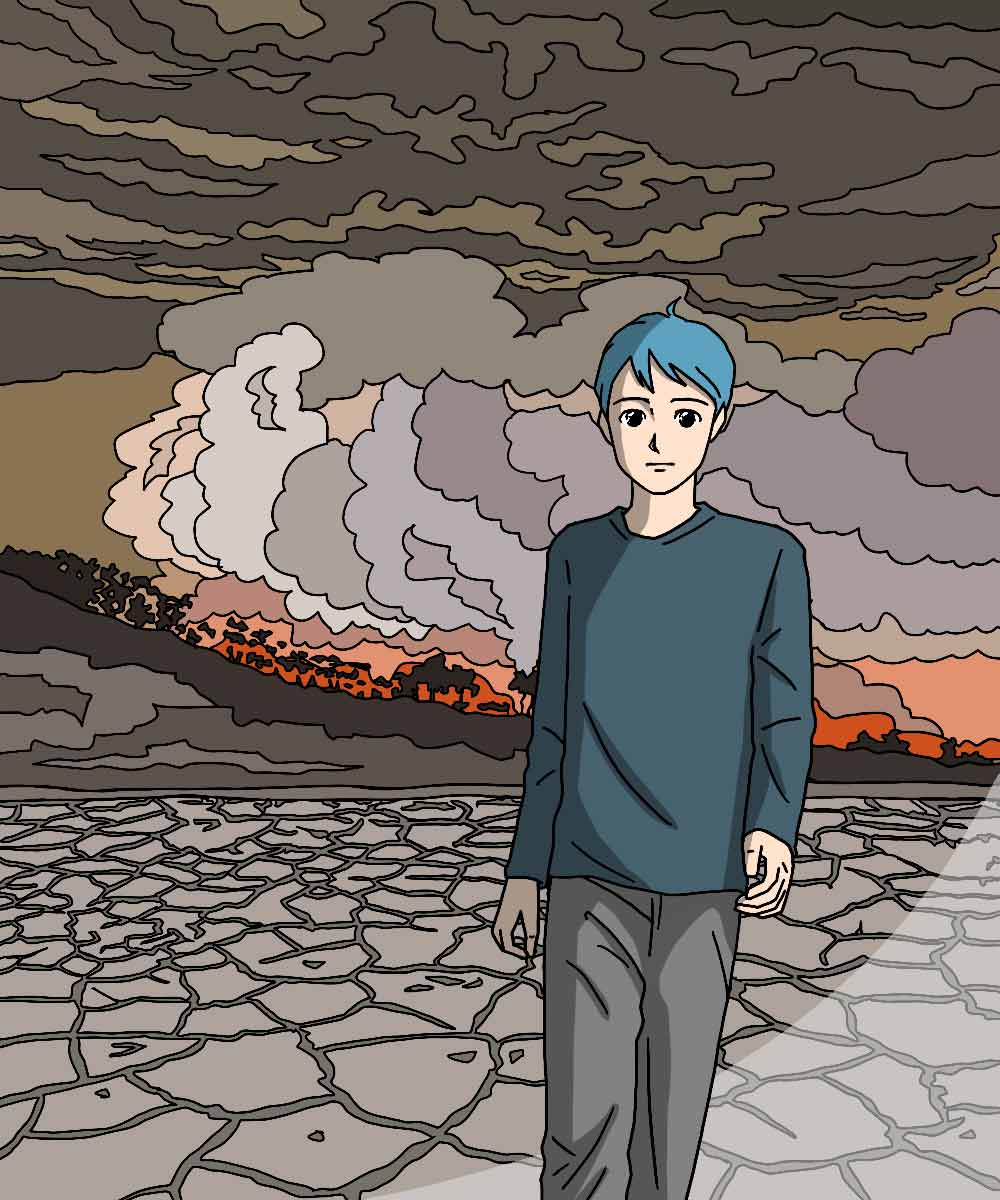
Considering the well-being of the next generation, we need to take immediate actions to protect our children who will live 50 to 100 years from now. The climate crisis will take a long time to be exposed, it is difficult for us to feel its urgency in real time. However, if we take no actions now, future generations will surely suffer even more, so all of us who live in the modern age need to think and act for the future society.
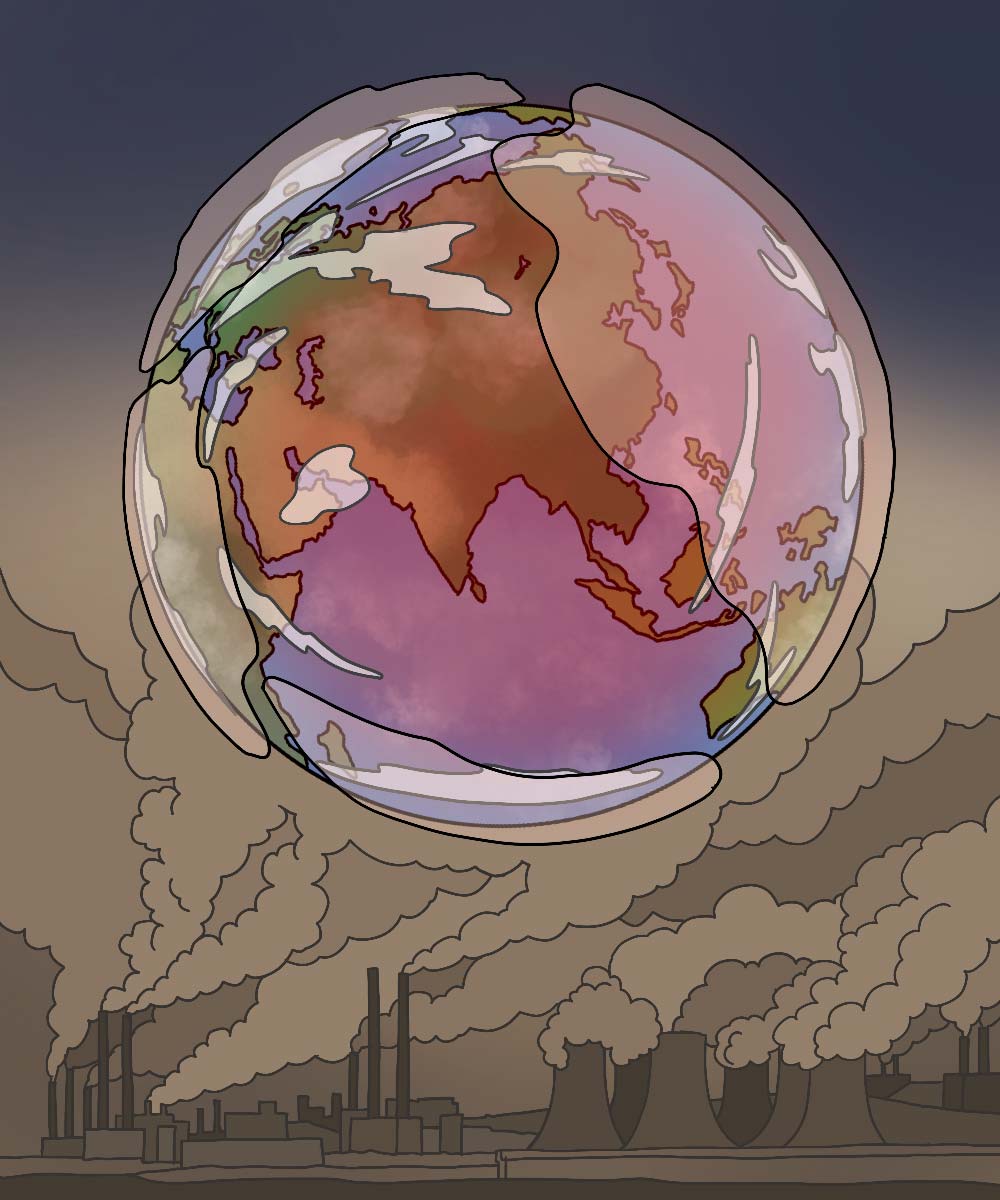
The earth is now facing serious climate crisis due to increase of greenhouse gases such as carbon dioxide and methane. This is because greenhouse gases absorb or re-radiate heat emitted from the ground by the sun, which eventually cause rise of the temperature at ground level. Due to this mechanism, temperature at ground level rises with increasing greenhouse gases’ concentrations such as CO2.
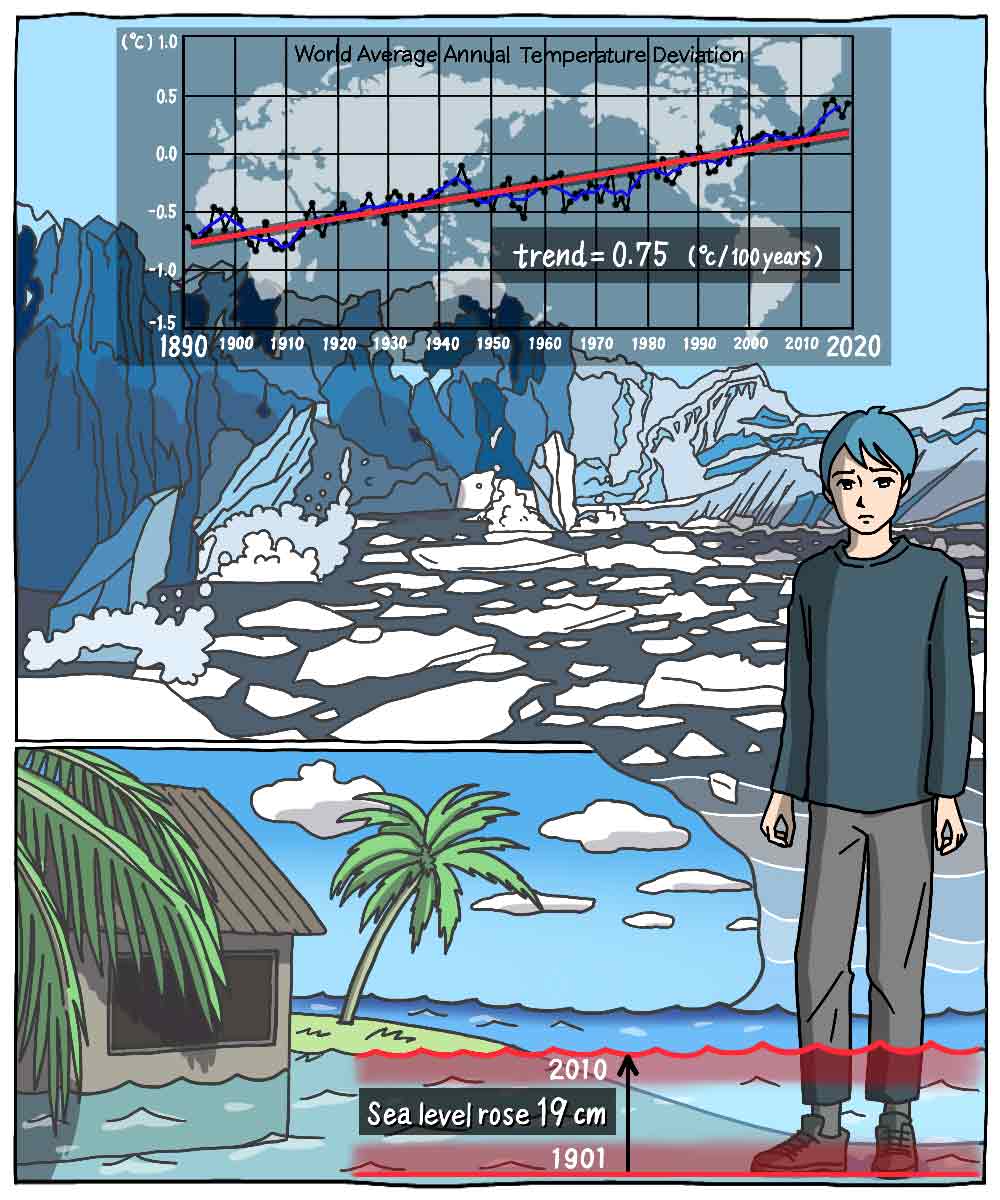
Since the Industrial Revolution began in the 1760s, use of fossil fuels has increased yearly, and the global average temperature has risen to 0.85°C. Furthermore, there are estimates that the temperature will rise around 4℃ by 2100. Besides, it is said that sea level has risen by 19 cm since 1900 due to the melting of glaciers. [1,2]
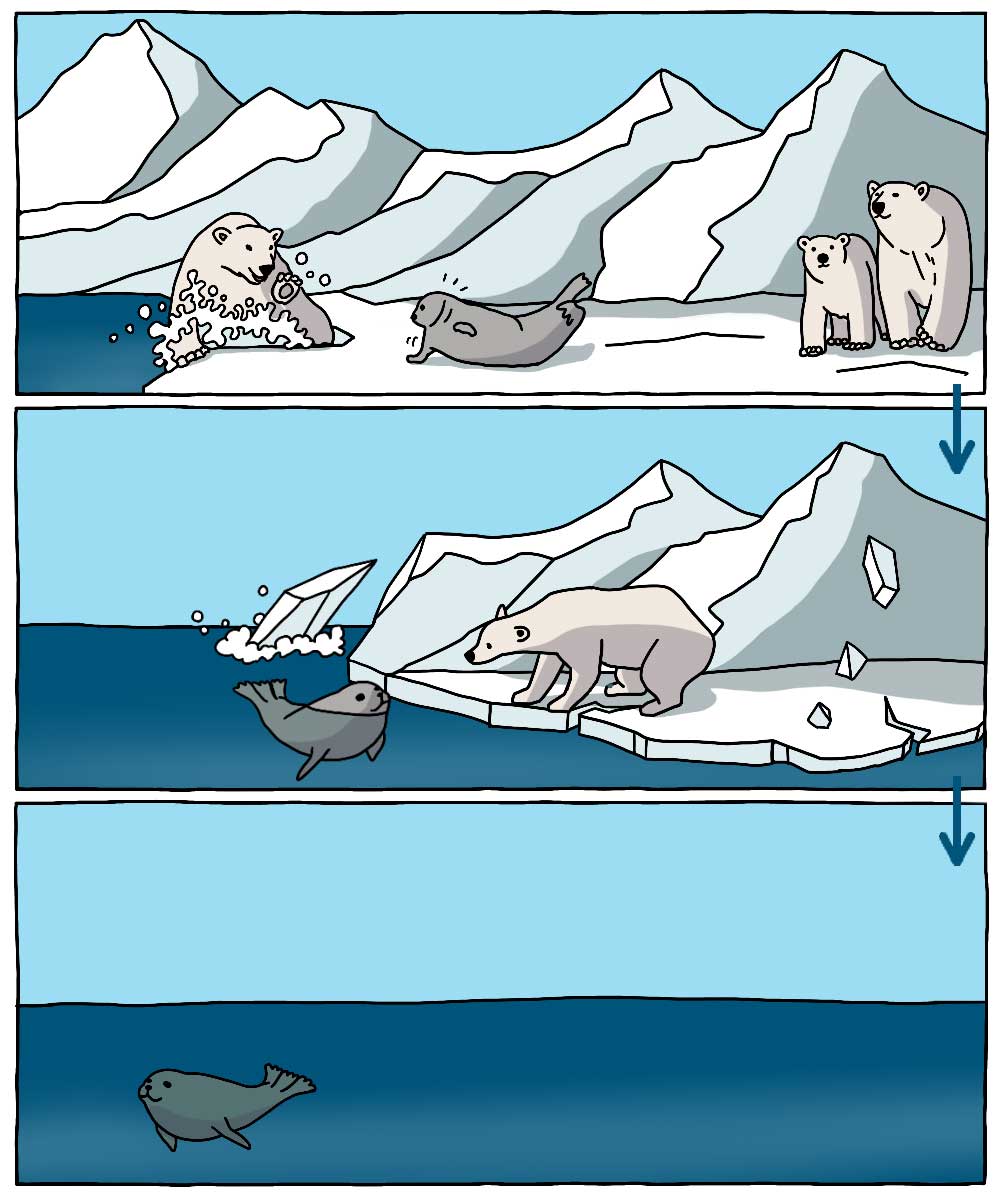
![]()

Main causes of rise in sea level are melting glaciers due to the rise of seawater temperature, and expansion of the volume of seawater itself because of the rise of seawater temperatures. Some studies have shown that if this present situation continues, the sea level will rise around 200 cm by 2100 and will produce many eco-refugees who used to live in islands but lost their homes. The U.S. Geological Survey (USGS) has predicted that the population of polar bears will decrease by one-third by 2050, and there are even threatened with extinction by 2100. [3,4]
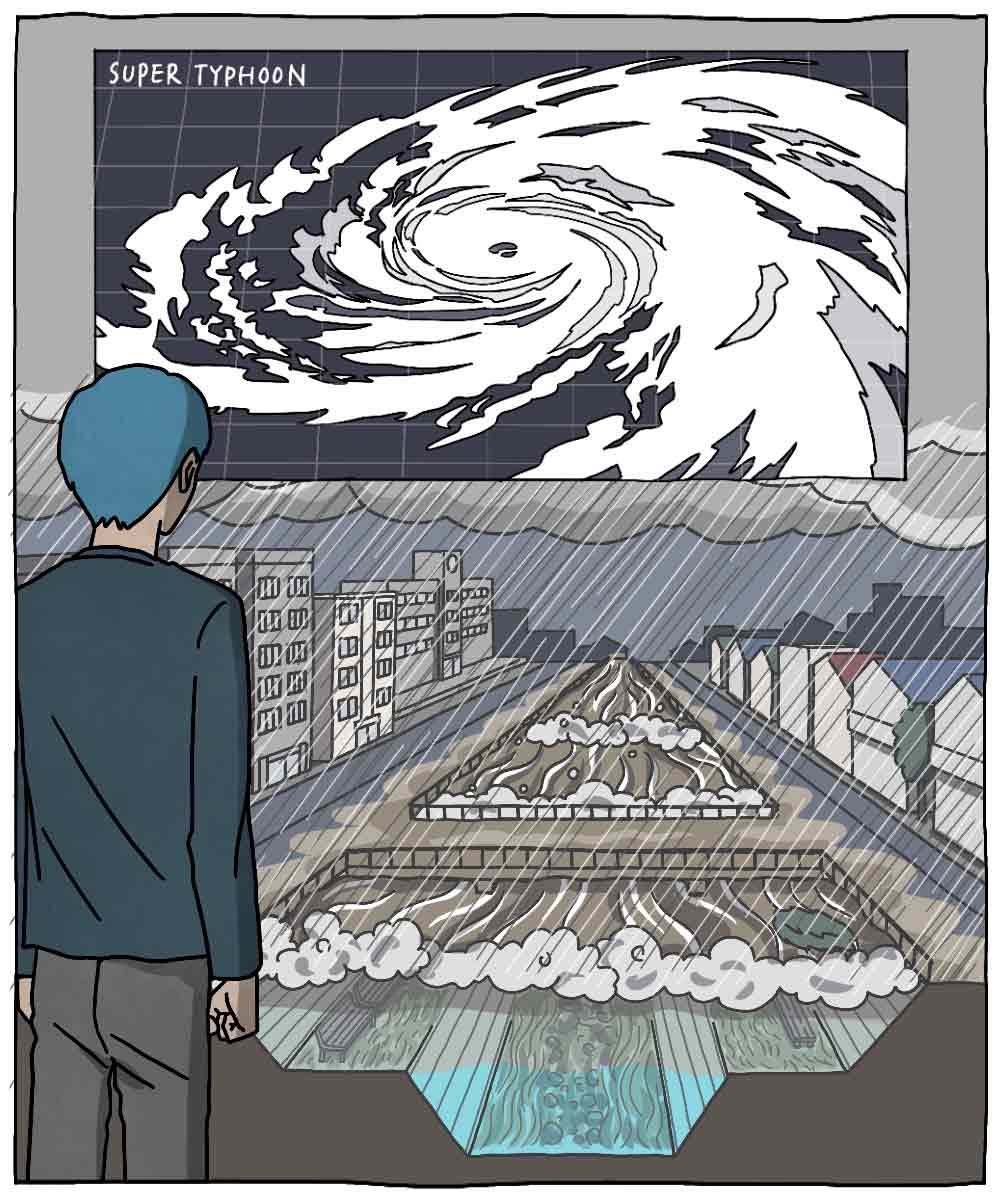
Climate crises will also increase the risk of wind and flood damage in many areas. In addition to the arrival of "super typhoons" which have become more frequent in recent years, the number of torrential rains, duration of rainfall, and amount of rainfall are all expected to increase.
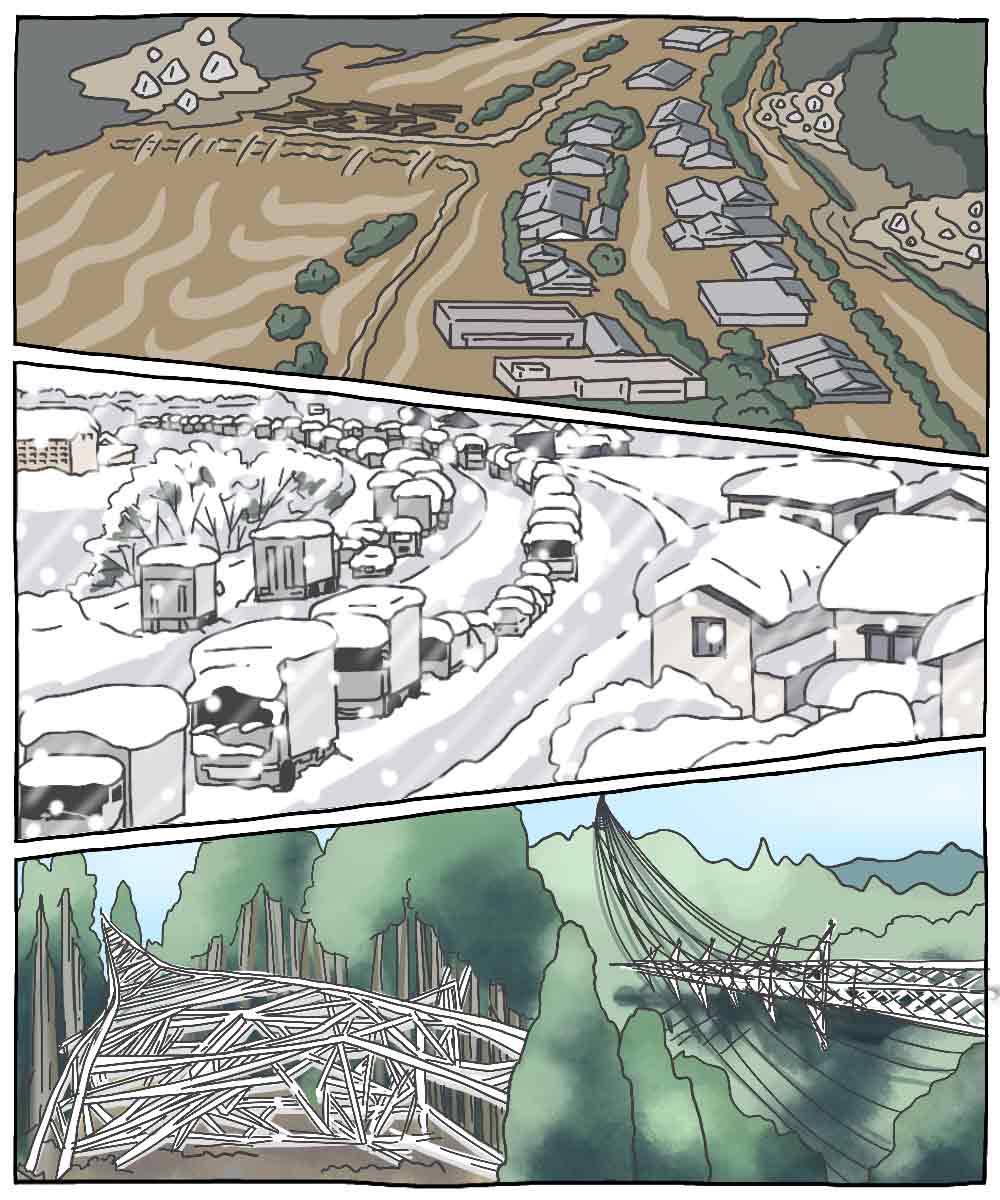
Also, there are simulations that show the frequency of flooding will double when the sea temperature rises by about 1℃, and quadruple when it rises by about 3℃.
Furthermore, we might see more damages due to concentrated snowfalls in specific areas in the future such as the extremely heavy snowfall in the Hokuriku region of Japan in January 2021, which led to more than a thousand cars and trucks to be stranded on a highway [5]
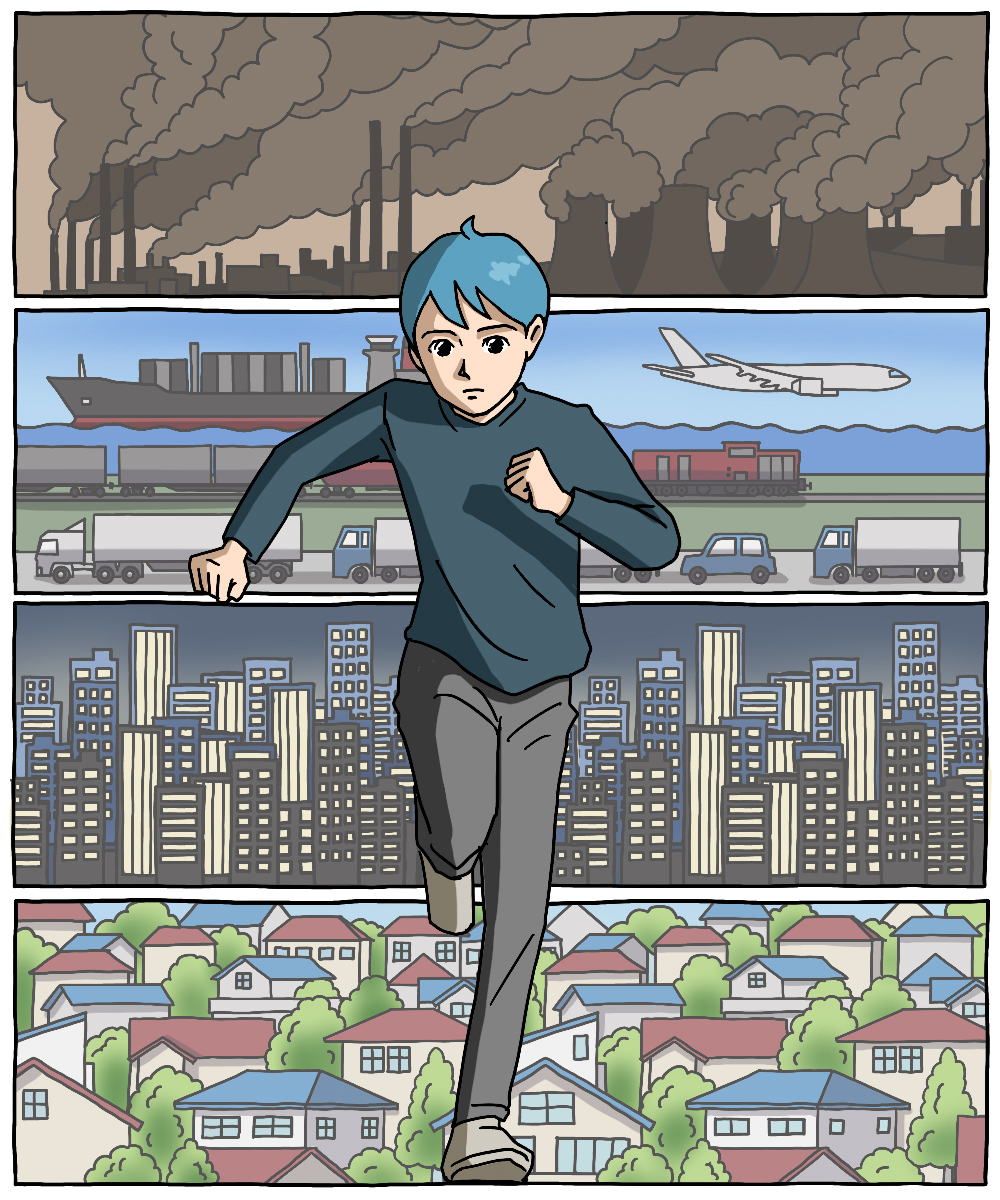
Of course, most greenhouse gas emissions are mainly due to diverse industrial activities. However, we cannot put the onus of the climate crisis only on nations and corporations. In fact, they are also related to our daily activities.
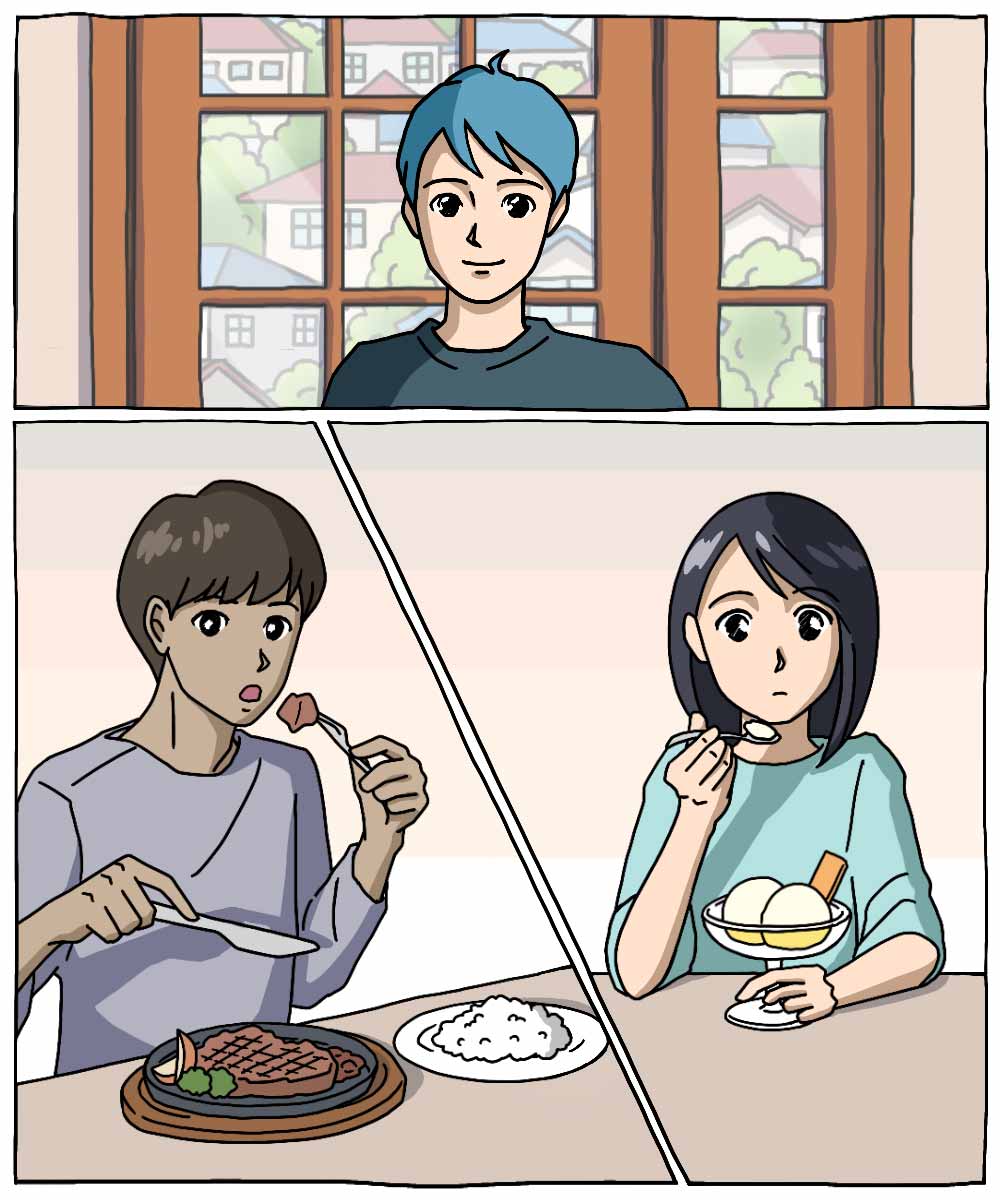
For example, food is an important part of our lives. In other words, it is one of the causes of greenhouse gas emission, which means that our daily eating habits ultimately affect the climate crisis.
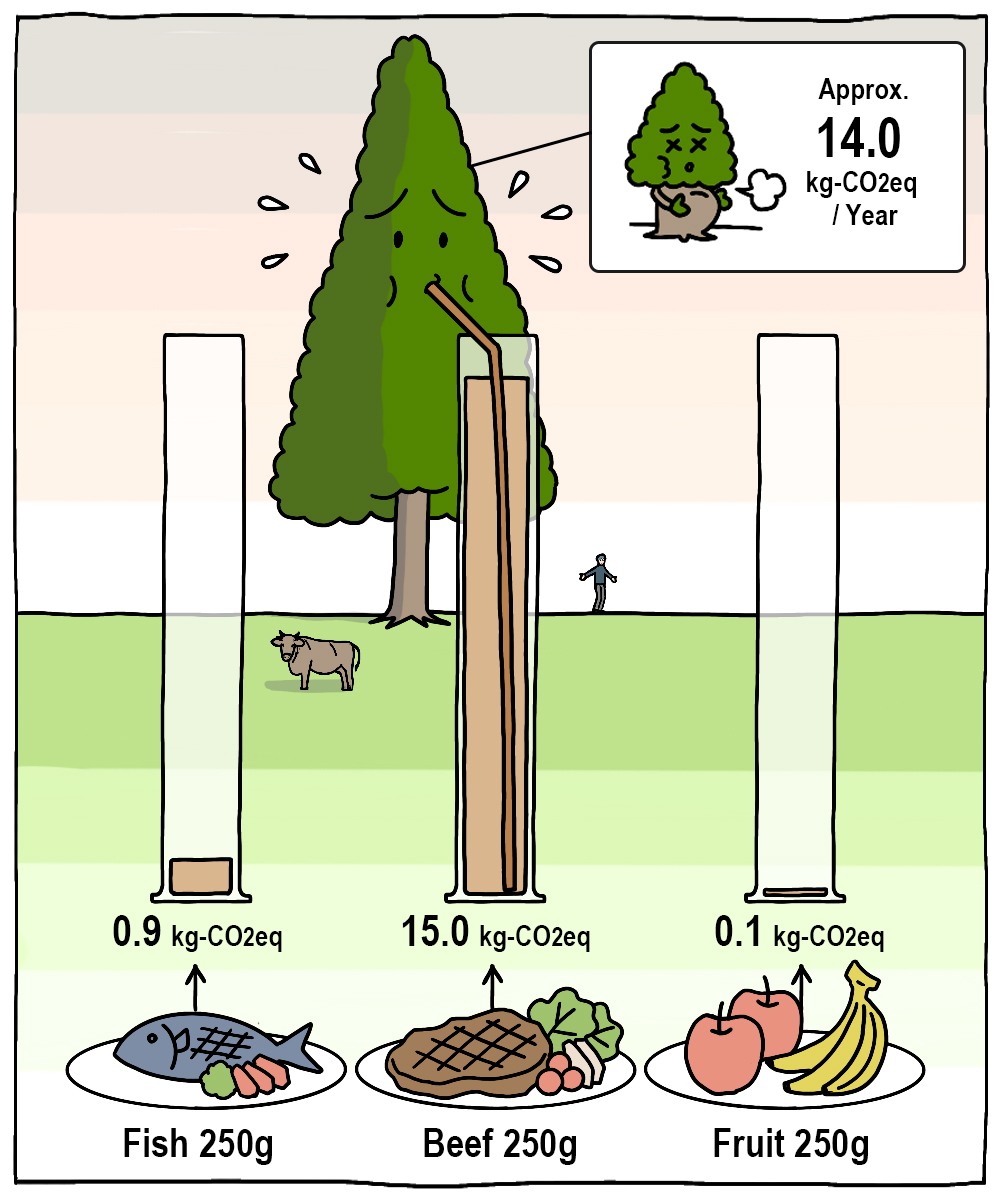
Fish, steak, fruit, and the process of producing these foods produce CO2 and other greenhouse gases. For example, a single steak generates as much CO2 as an 80-year-old cedar tree could absorbs in a year. [7]
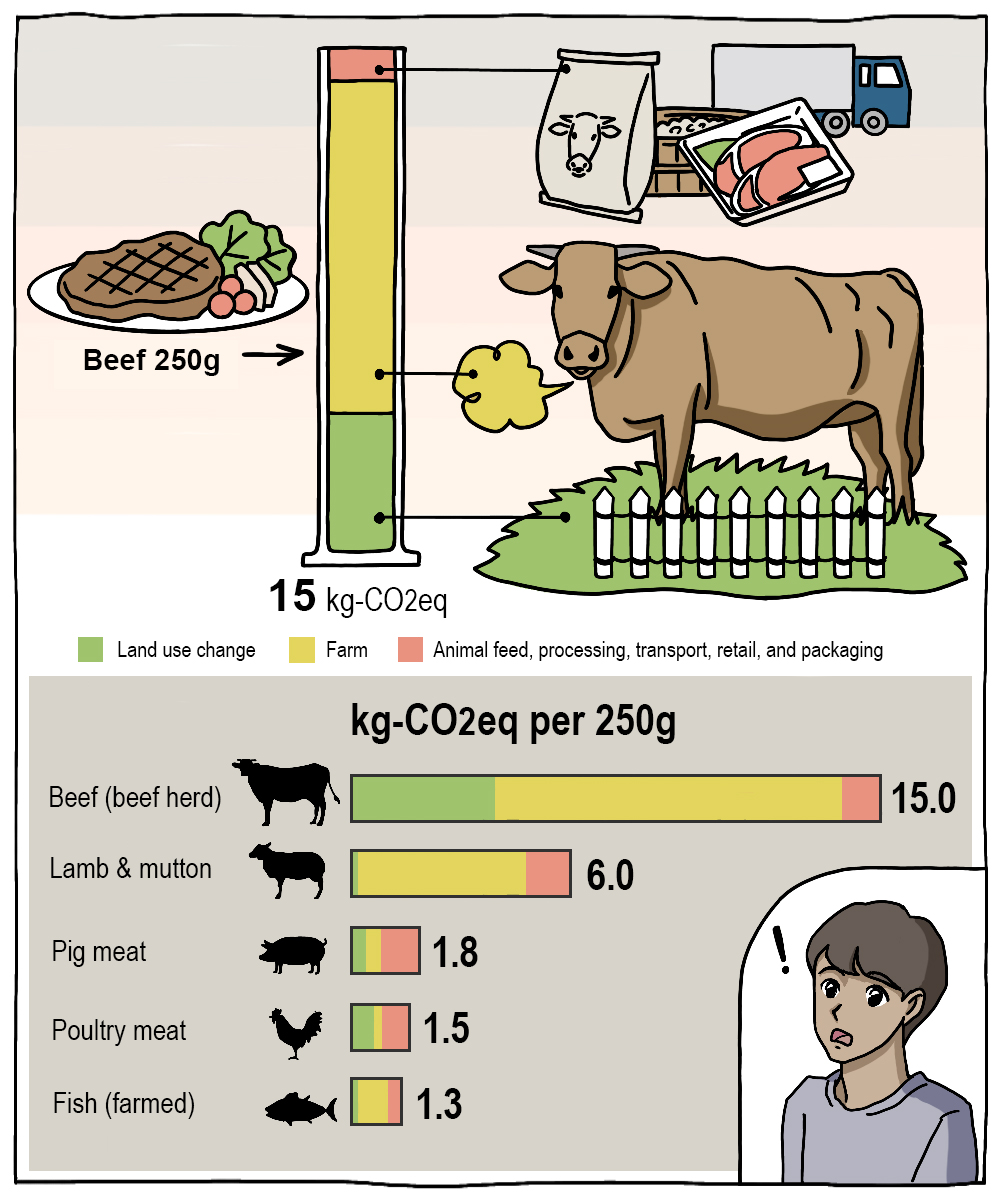

Looking at the breakdown of the cause of greenhouse gas emissions, we can see high percentage of them are generated in the process of raising cattle, such as land improvement for farmland maintenance, burping of cattle, and use of farm machinery. Beef indirectly produces larger amounts of greenhouse gases than other protein sources such as pork, chicken, and fish.These facts indicate that our choices on eating meat could change the amount of greenhouse gas emissions, but it is still not easy to change our eating habits immediately.[8]
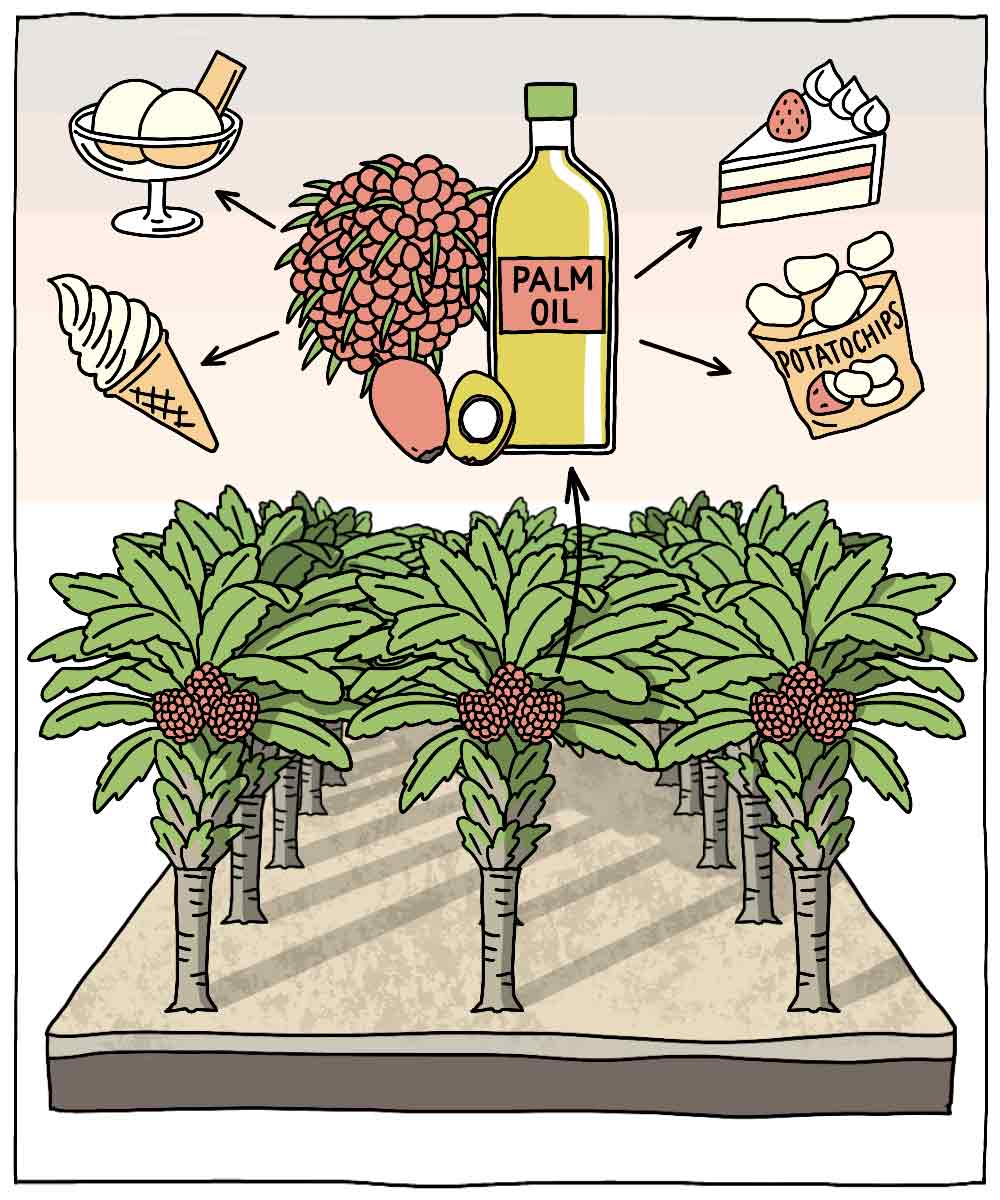
Meanwhile, palm oil is used to make ice creams, cakes, and other sweets that we enjoy daily. In fact, the process of developing farmland to produce palm oil also generates a lot of CO2. Palm oil is mainly produced in oil palm plantations in tropical regions such as Southeast Asia. To convert the peatlands into plantations, the trees are cut down and the water is drained. As the peatland dries up, the microorganisms in the ground decompose and natural fires occur, which cause a lot of CO2 to be emitted. [9]
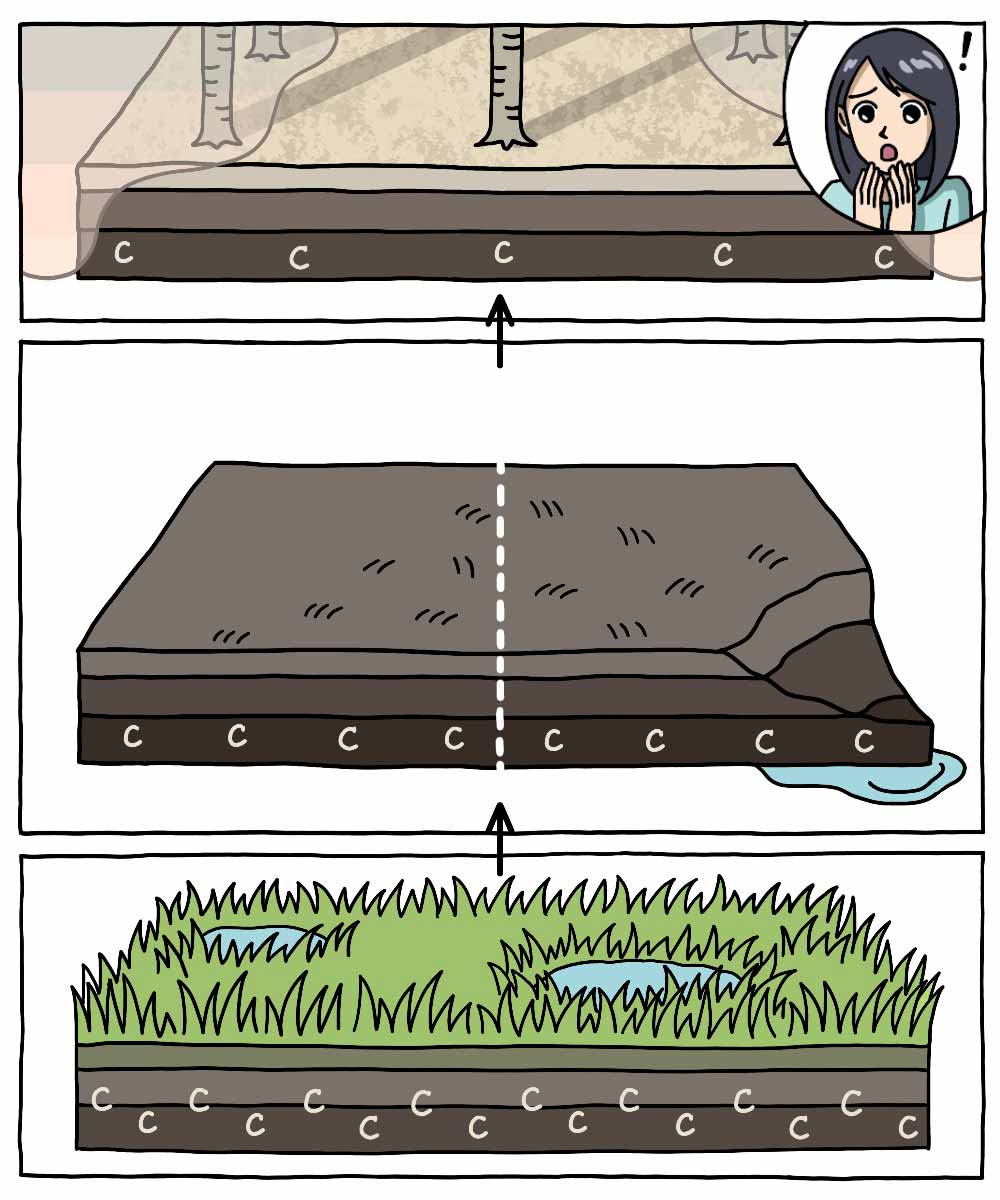
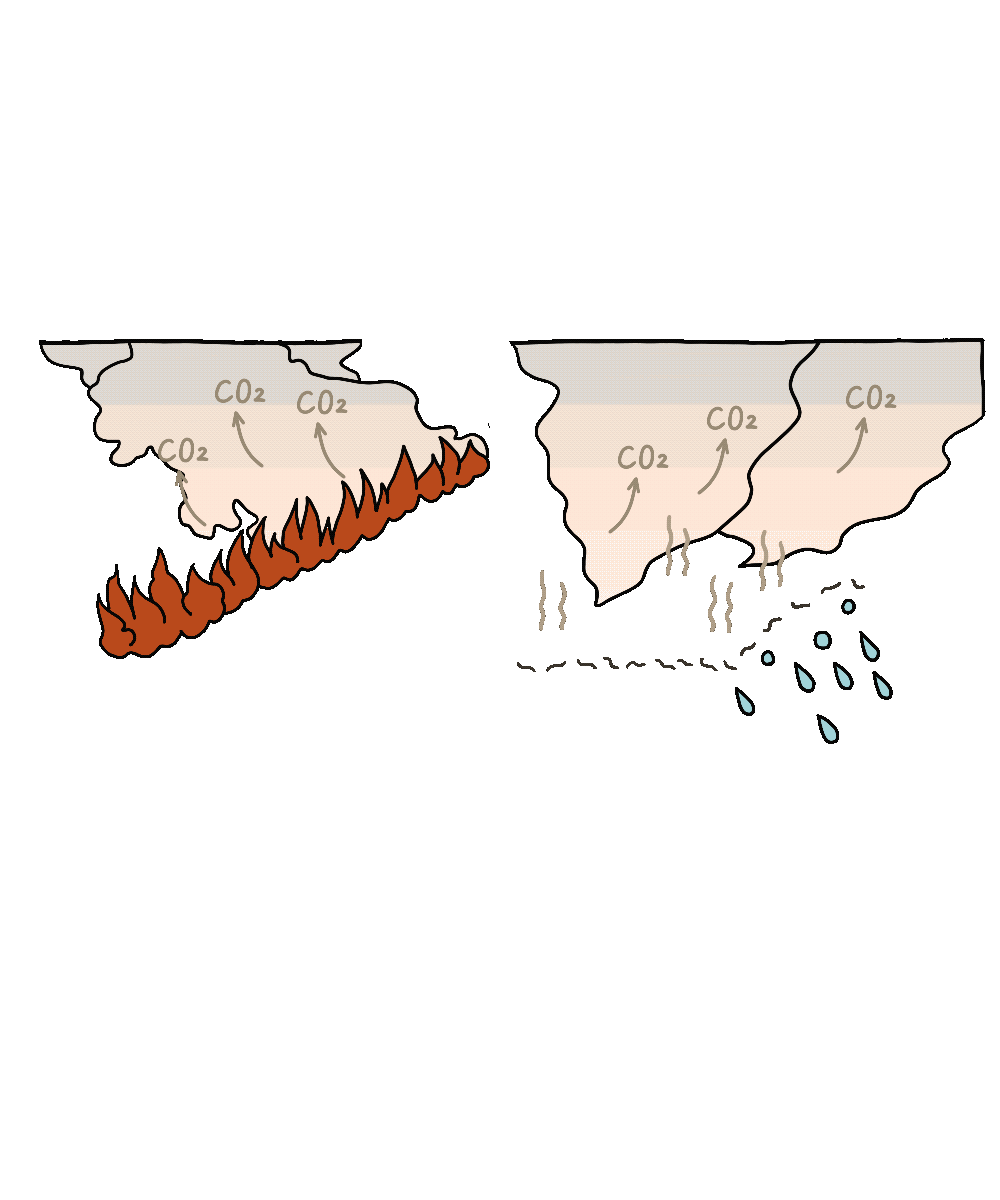
Palm oil is a very useful oil which gives a smooth texture to chocolate and gives a crunchy texture to snacks. We are all benefiting from palm oil, and most importantly, no one has the right to take away jobs from local producers who make their living from it. Before demanding the local producers we have to think about many developed countries including Japan used to prioritize economic growth by developing their own peatlands. Instead of pushing forward CO2 reduction without multifaceted consideration, we should discuss how to protect and utilize local land and livelihood.
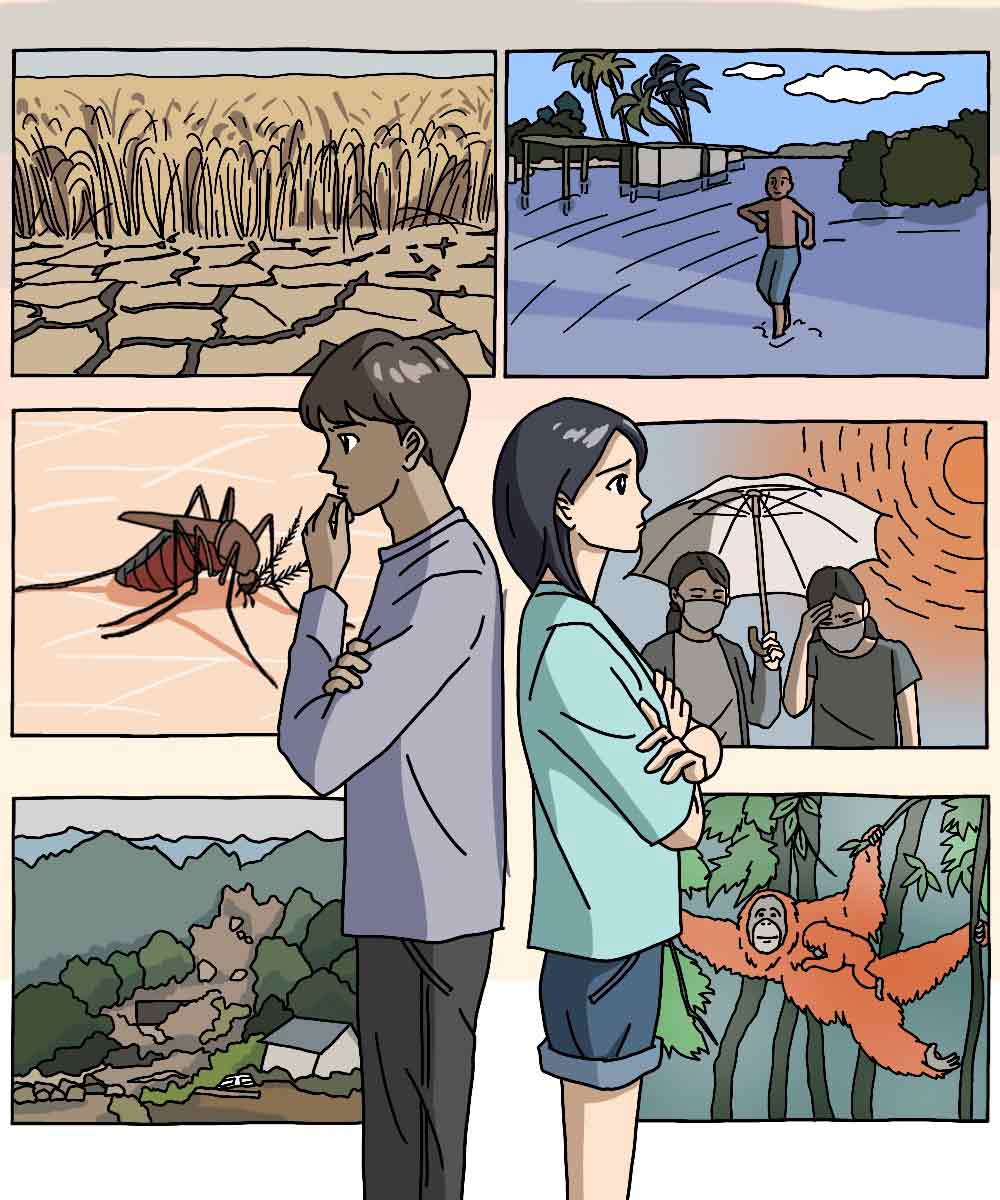
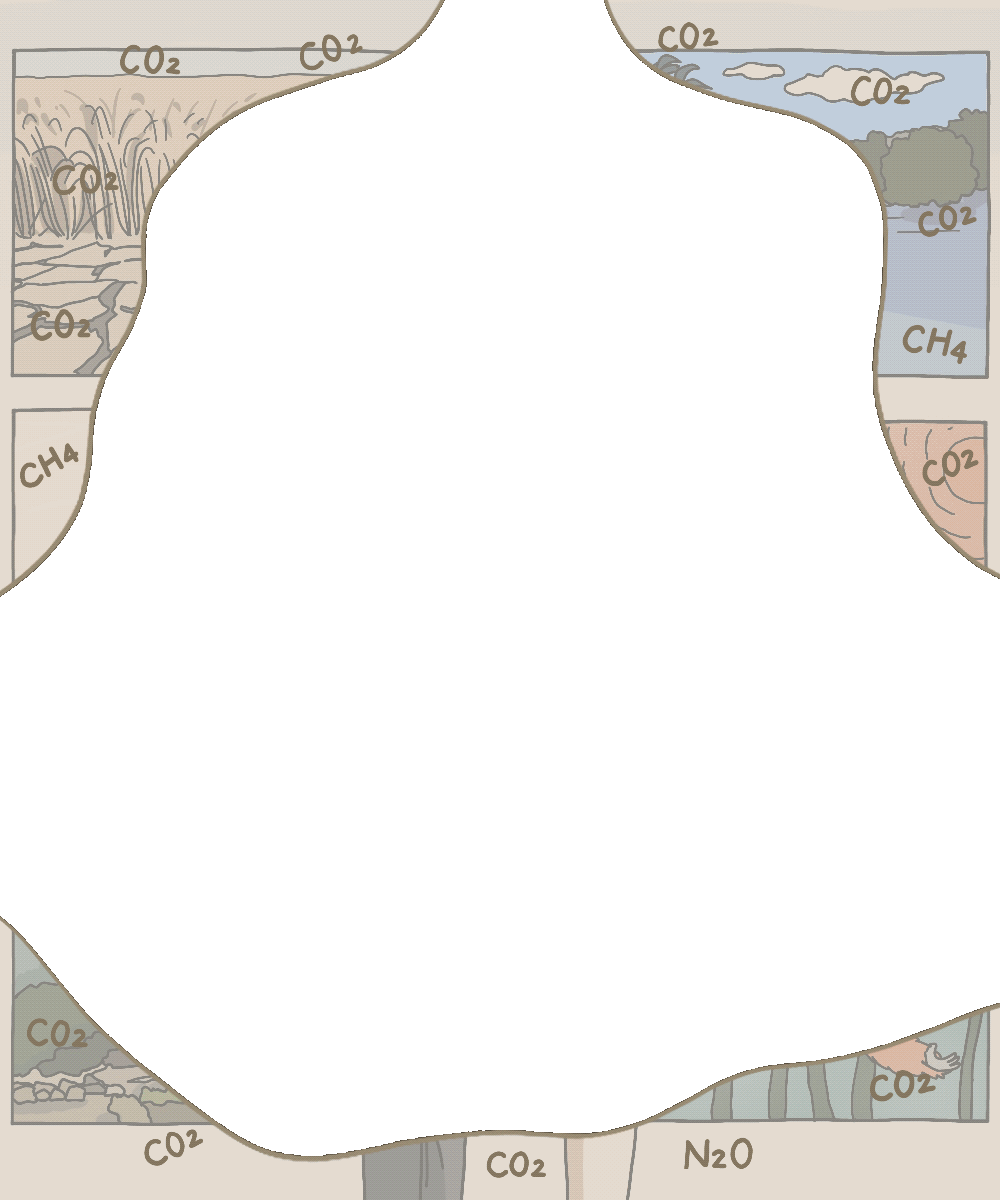
It is not easy to solve these problems. So, is there anything that you might be able to do from now on?
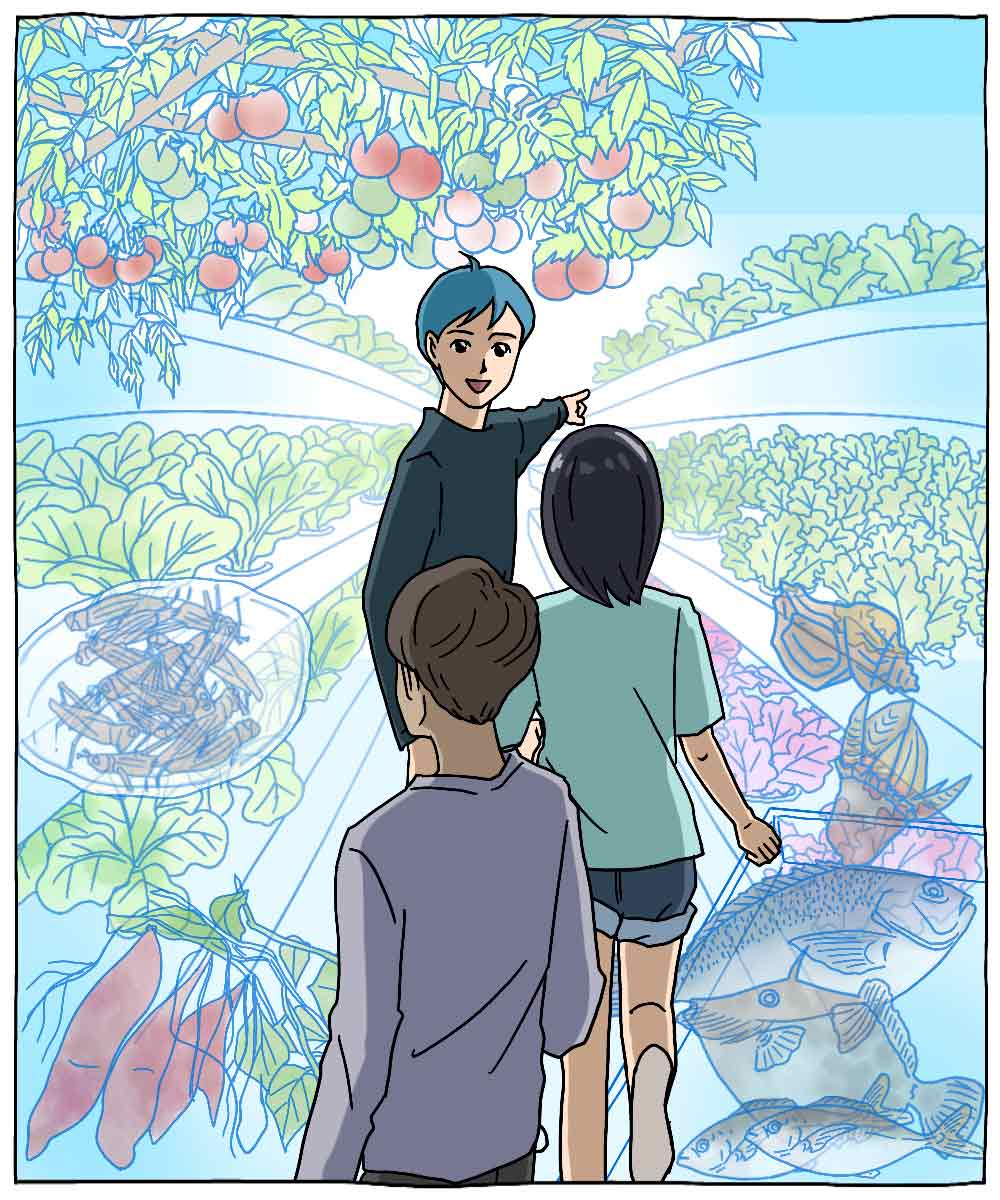
Let’s have a look at some of the future options related to diet that you can personally practice from tomorrow to suppress climate change.
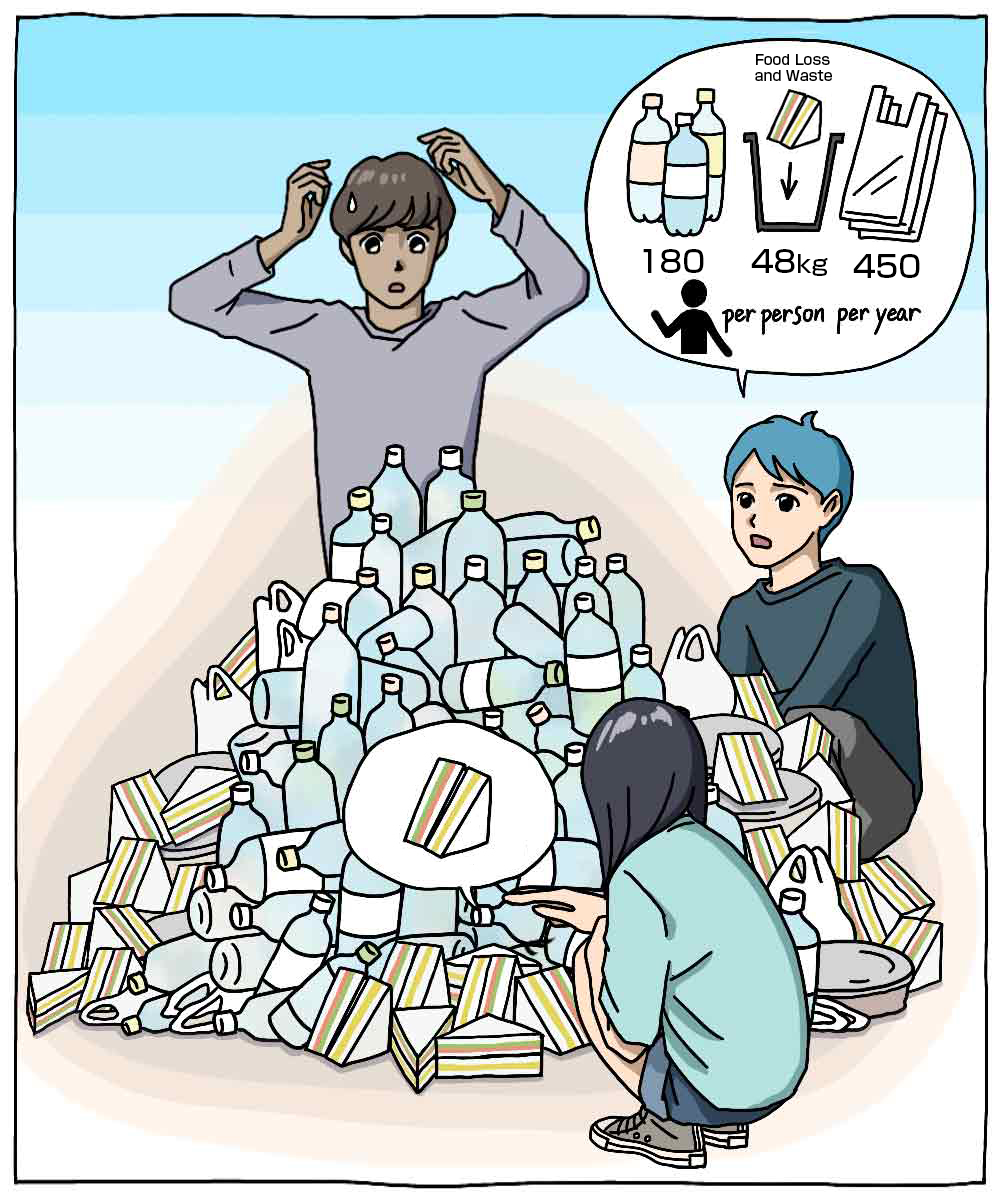
In order to reduce food-related greenhouse gases, it’s also important to reduce food loss and the number of plastic bottles and plastic containers used to package food.
Currently, each person in Japan consumes about 180 plastic bottles per year. For plastic bags, although it is reported now that its use has decreased since the introduction of the pay-to-use system, it used to be said that people expended about 450 plastic bags per year. Besides, the amount of food waste was reported to reach about 48 kg, which is almost the same as throwing away a sandwich every day. [10-12]
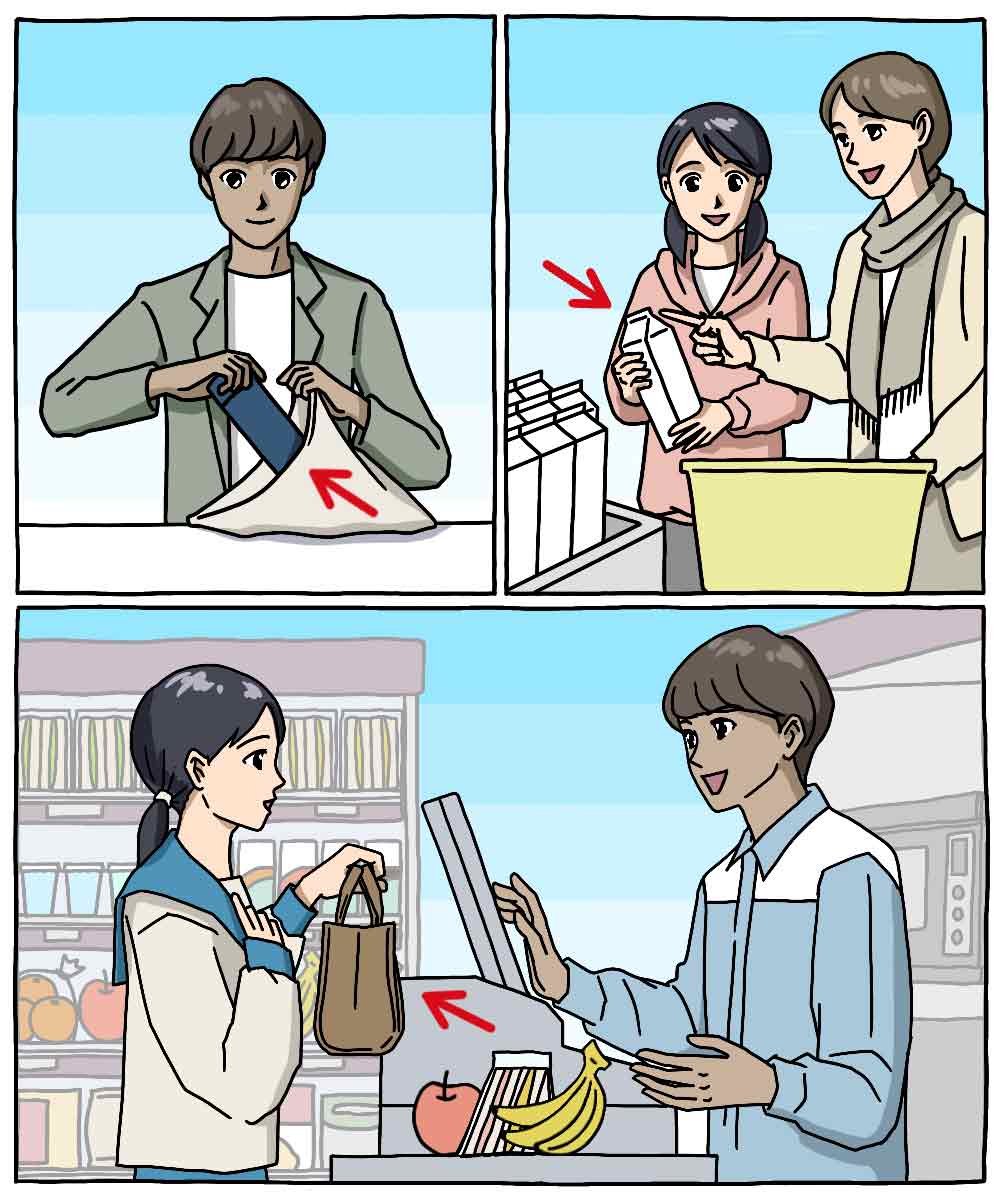
But what would happen if everyone started using their own bottle, or buying milk at the convenience store in order of earliest expiration date, or carrying eco-friendly-bags? These actions may only have a small impact, but they will certainly lead to reduction of greenhouse gases.
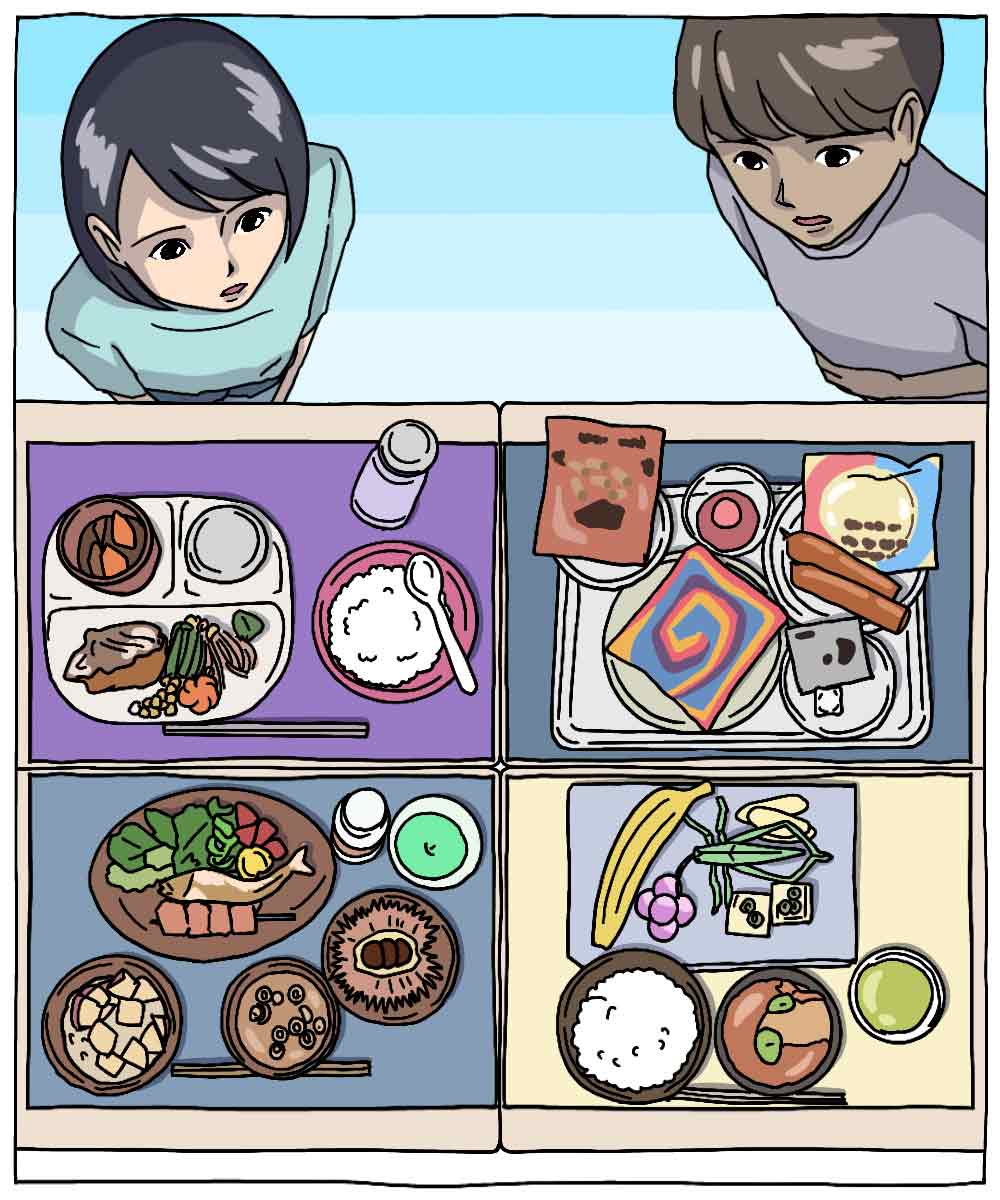
There are also many attempts to find new forms of "food" for the future. The FEAST Project at the Research Institute for Humanity and Nature has combined those latest developments into four hypothetical school lunch sets of the year 2050. One of them is "local production for local consumption”, which only uses food produced locally by the people together to stay within the 1.5 degree climate change. One food item that is attracting attention and a valuable source of protein are insects. In Shinshu, bee larvae, locusts, silkworms, river larvae, and other insects have been traditionally consumed, and can be considered low-carbon foods. The future of school lunches is being studied in order to increase Japan's food self-sufficiency while protecting the environment. Other environmentally friendly options based on new technologies such as plant-based meat substitutes are also expected to become more popular.
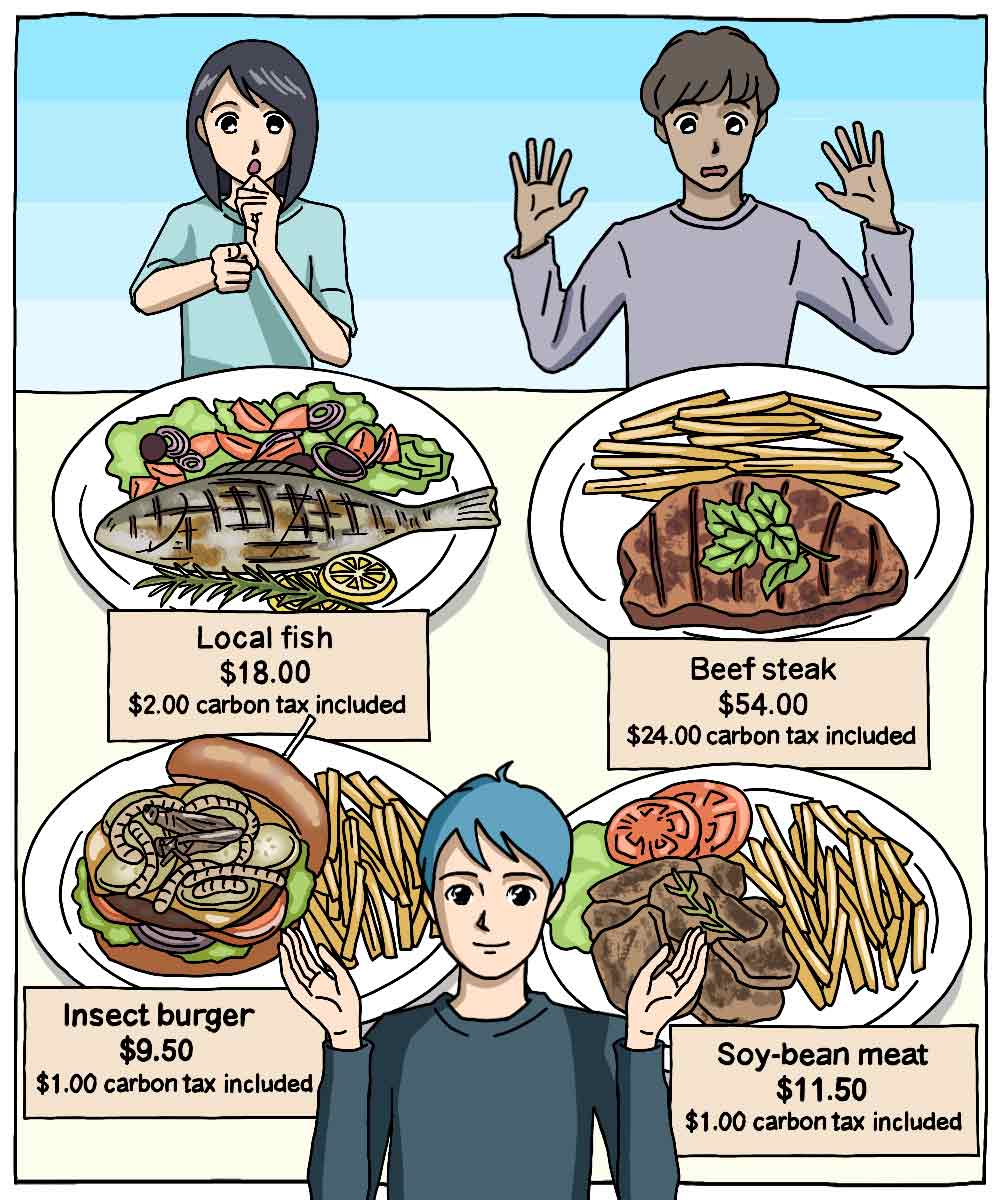
Finally, let's look at the future options for dining out. Beef steak, which we just found out that it releases a lot of CO2, will of course be more expensive in a low-carbon society. If we do not try to reduce carbon emissions now, then we might have to accept new economic principle and to even pay "carbon tax”. Let’s imagine, this is the menu of a family restaurant in 2050. What would you like to order?
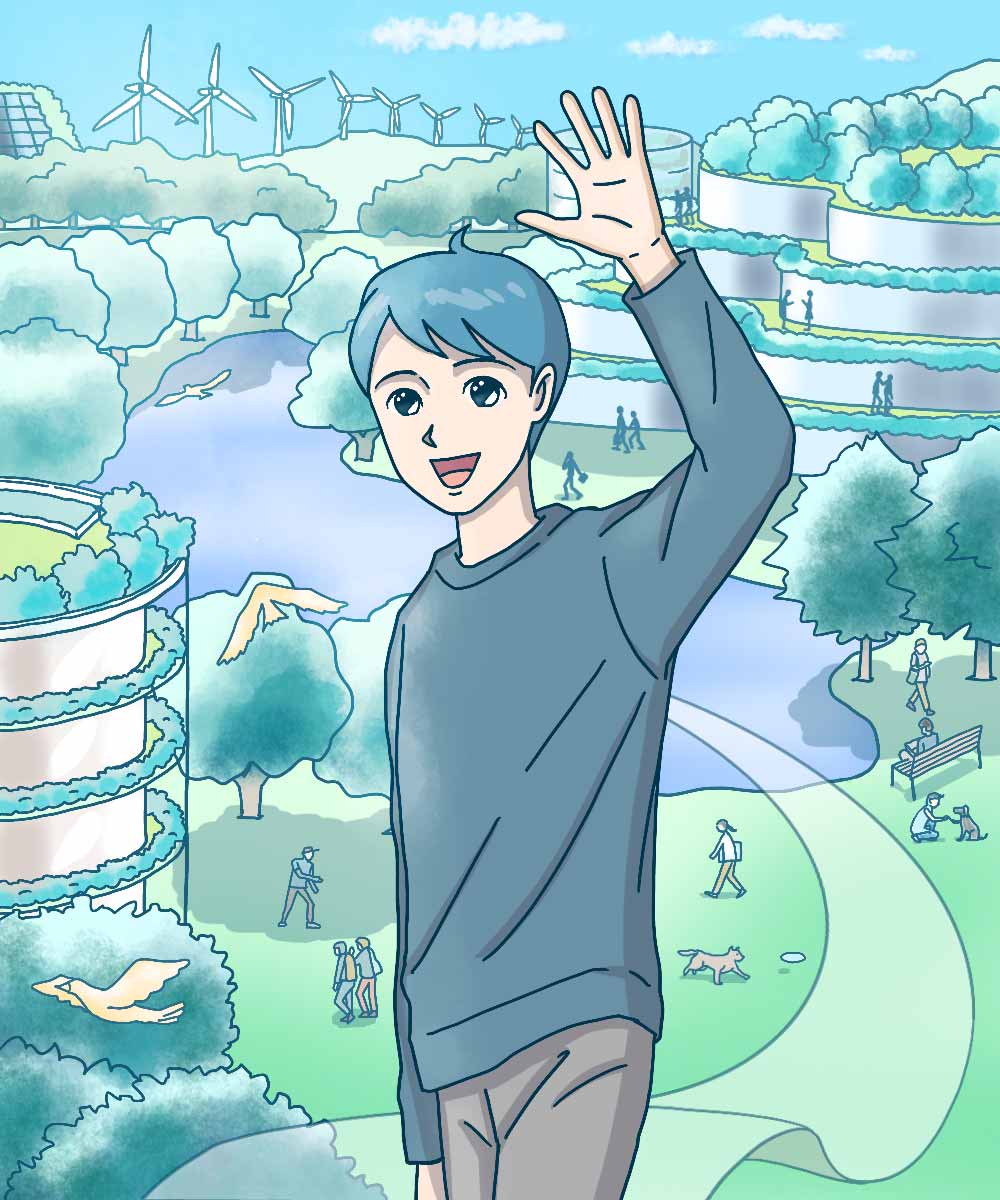
So, what did you think about the options for the future I have presented so far? What do you think that YOU can do to address the growing climate crisis? I am happy if these hints have given you some time for deep thought.
The power of an individual is very small, but there could be something that each of us can do, even a thing that could be started tomorrow. Let's start to think about the climate crisis as our personal problem and to contribute to the next generation’s well-being. I am pretty sure you can do it. What? You are asking me how do I know that?
Oh, I have to go home finally! Thank-you great-great-grandpa and great-great-grandma! Now you recognize who I am, don’t you?

